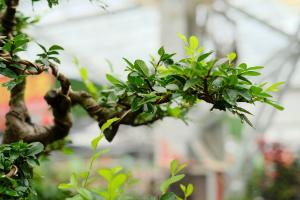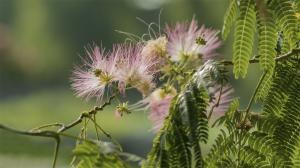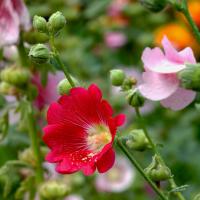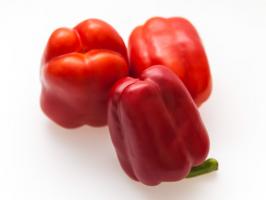Introduction
White mold on plant soil is a common problem that many gardeners face. This fungus appears as a white, cottony growth on top of the soil, and can quickly spread to the plant itself. If left untreated, white mold can severely damage or even kill your plants. In this article, we will provide you with tips on how to get rid of white mold on plant soil.
Identify the Cause
Before you can effectively get rid of white mold on your plant soil, you need to identify the cause of the problem. White mold thrives in warm, moist environments, so the first thing you should do is to check the drainage of your plant pot. If the soil is constantly wet or you have a poorly draining pot, this can create the perfect environment for mold growth. Another common cause is overwatering, so make sure that you only water your plants when the soil is completely dry.
Remove the Mold
If your plant has already been affected by white mold, the first step to take is to remove the mold from the soil. You can do this by gently scraping the mold off the surface of the soil with a spoon, being careful not to disturb the roots of the plant. Once you have removed as much of the mold as possible, you should replace the top layer of soil with fresh, clean soil.
Use Fungicides
If the mold has spread to the plant itself, you may need to use fungicides to get rid of it. There are many different fungicides available that are specifically designed to kill white mold, so be sure to choose one that is safe for your plant type. Follow the instructions on the package carefully, and make sure to apply the fungicide to both the soil and the plant itself.
Improve Airflow and Reduce Humidity
To prevent white mold from growing in the future, it is important to improve airflow and reduce the humidity around your plants. You can do this by placing a fan near your plants to help dry out the soil and increase ventilation. Additionally, you can reduce the humidity in the air by using a dehumidifier or placing a bowl of activated charcoal near your plants.
Conclusion
White mold on plant soil can be a frustrating and damaging problem, but with the right approach, it can be easily managed. By identifying the cause of the problem, removing the mold, using fungicides, and improving airflow and reducing humidity, you can prevent white mold from damaging your plants in the future. Remember to always follow safety precautions when using fungicides, and to consult with a professional if you are unsure about how to proceed.

 how many times do yo...
how many times do yo... how many planted tre...
how many planted tre... how many pine trees ...
how many pine trees ... how many pecan trees...
how many pecan trees... how many plants comp...
how many plants comp... how many plants can ...
how many plants can ... how many plants and ...
how many plants and ... how many pepper plan...
how many pepper plan...































